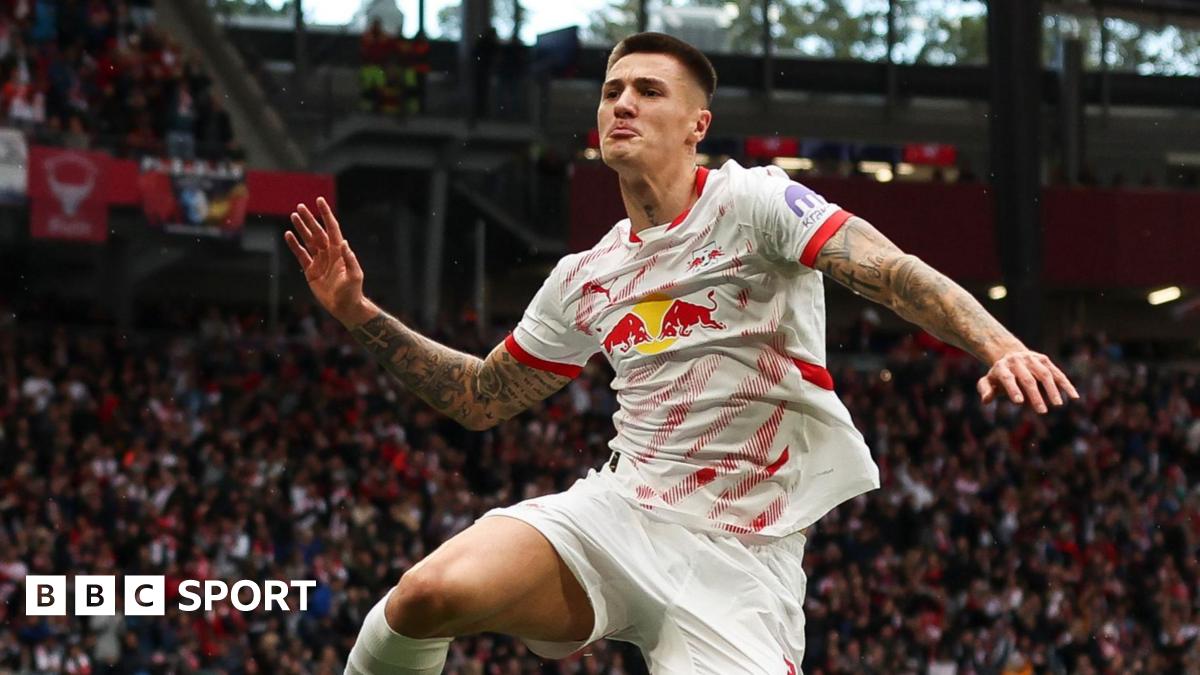
Manchester United's pursuit of RB Leipzig's Benjamin Sesko raises eyebrows, given recent reports of financial strain. How can a club reportedly considering redundancies afford a potential £73.8m striker? Let's dissect the apparent contradiction. The problem: a perceived lack of financial firepower. The 'solution,' according to reports, is a complex choreography of staggered payments, strategic loan deals, and shrewd leveraging of sell-on clauses.
The key is deferred payment. Structuring the Sesko deal (and potential deals for Matheus Cunha and Bryan Mbeumo) with payments spread over the length of his contract effectively lowers the immediate financial burden. This allows United to amortize the cost, aligning it with future revenue streams. Think of it as a mortgage – the overall cost is substantial, but the immediate impact is manageable.
Then there's the Marcus Rashford loan to Barcelona. Covering his £325,000-a-week salary frees up significant space in the wage bill. The £5m from Chelsea for pulling out of the Jadon Sancho deal, plus over £15m from sell-on clauses (Anthony Elanga, Alvaro Carreras, Maxi Oyedele) are small but significant injections of capital.
Furthermore, United's commercial juggernaut status remains a powerful asset. Despite on-field struggles, they project a core profit of £180m-£190m. As Kieran Maguire notes, their wage bill is around half of their income, a relatively healthy ratio in the Premier League. This financial muscle provides a buffer, even if it doesn't match the spending power of Liverpool or Chelsea.
But what does this mean for squad building? If Ruben Amorim becomes manager, the article suggests a need to sell before buying after Sesko. And therein lies the challenge. United can engineer the Sesko deal, but further reinforcements might require offloading players like Alejandro Garnacho, a potentially risky strategy given his value.
Essentially, United is navigating a tightrope. They're leveraging their brand and commercial strength to secure key targets while simultaneously trying to implement cost-cutting measures. Whether this approach is sustainable or a short-term fix remains to be seen.